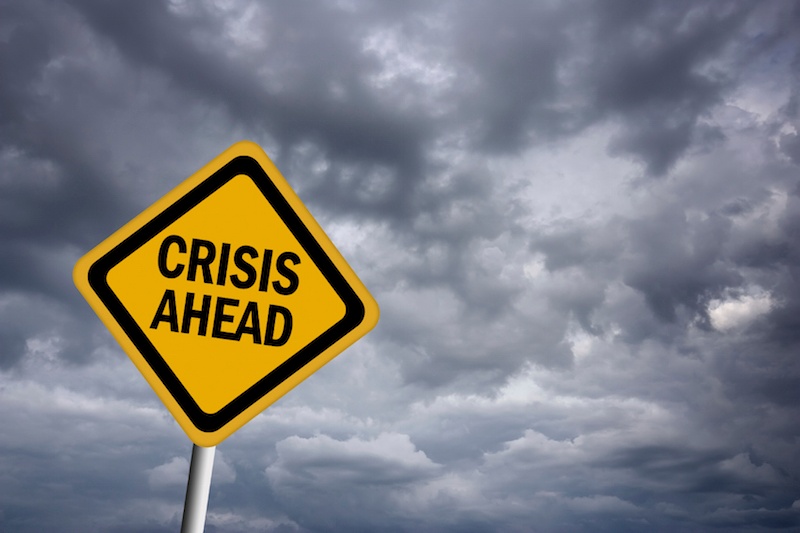
A large fire in the community, a train derailment, a tornado that destroys several homes in town, a bioterrorism attack–these are all examples of external disasters that can bring a sudden influx of patients to your hospital. Is your hospital ready?
Even with a disaster preparedness plan in place, frequent review of the plan is essential to ensure that it is properly carried out during times of emergency. The Joint Commission identifies six critical areas in emergency management. Let’s look at how to incorporate these six elements in your plan and discuss the importance of regularly testing it.
1. Communications
Your plan should specify how your hospital will be notified of an external disaster and how this will be communicated internally throughout the hospital. Your hospital should have alternate communication pathways available just in case the community’s infrastructure is damaged.
2. Resources and Assets
Have a documented inventory of supplies that would be needed if an external disaster should occur. This includes personal protective equipment, water, fuel, medical equipment and supplies, and pharmaceuticals. Keep in mind that additional patient care areas may need to be created in an emergency, requiring extra equipment such as cots, monitors, IV pumps, and portable suction machines.
If your hospital does not have enough local inventory, make certain to have agreements in place with community, state and federal resources.
3. Safety and Security
Patient and staff safety during a disaster situation is imperative. Make certain your plan establishes the use of internal security measures and community security, such as the police, as needed. Control of individuals entering and leaving the hospital, as well as moving within the hospital should be maintained.
Additionally, have a process for isolation and decontamination in the case of biologic or radioactive threats.
4. Staff Responsibilities
All hospital staff should be trained for their roles in an external disaster situation and be aware of the chain of command during such an event. Staff should understand the need to be on-call or called into work outside of their regularly scheduled hours, and medical staff should be informed that they may be pulled from their normal floors to assist in the care of disaster victims.
Support staff may assist with the expansion of patient care areas as needed, helping to distribute supplies and portable medical equipment. Extra help may be needed for housekeeping services, transport and food supply.
5. Utilities Management
Strategies should be identified to ensure that utilities are not disrupted during an emergency or that alternative means are available. Your plan should address power, water, fuel, and other essential utilities such as medical gas and vacuum. Consider things such as your backup generators, your access to water, and your supply of oxygen tanks and battery-powered aspirators.
6. Clinical Activity
Your plan should account for patient triage, assessment, treatment, transfer and discharge as needed during a disaster. Be certain to address the most vulnerable populations, including pediatric, geriatric and disabled patients. Though a disaster can be extremely taxing, the goal should be to provide continuous, safe patient care.
7. Testing of the disaster plan
Your hospital should test its disaster plan at least twice a year, including at least one community-wide run through. This should be a time to evaluate your plan’s effectiveness and note areas for improvement:
- Were you able to effectively communicate within the hospital and throughout the community?
- Were you able to allocate enough needed resources and supplies?
- Were you able to provide for the safety of the patients and staff?
- Was your staff comfortable and aware of their responsibilities during an external disaster situation?
- Were you able to maintain proper patient care throughout?
Consistent review, practice, and re-evaluation of your plan are the keys to successful disaster preparation.














